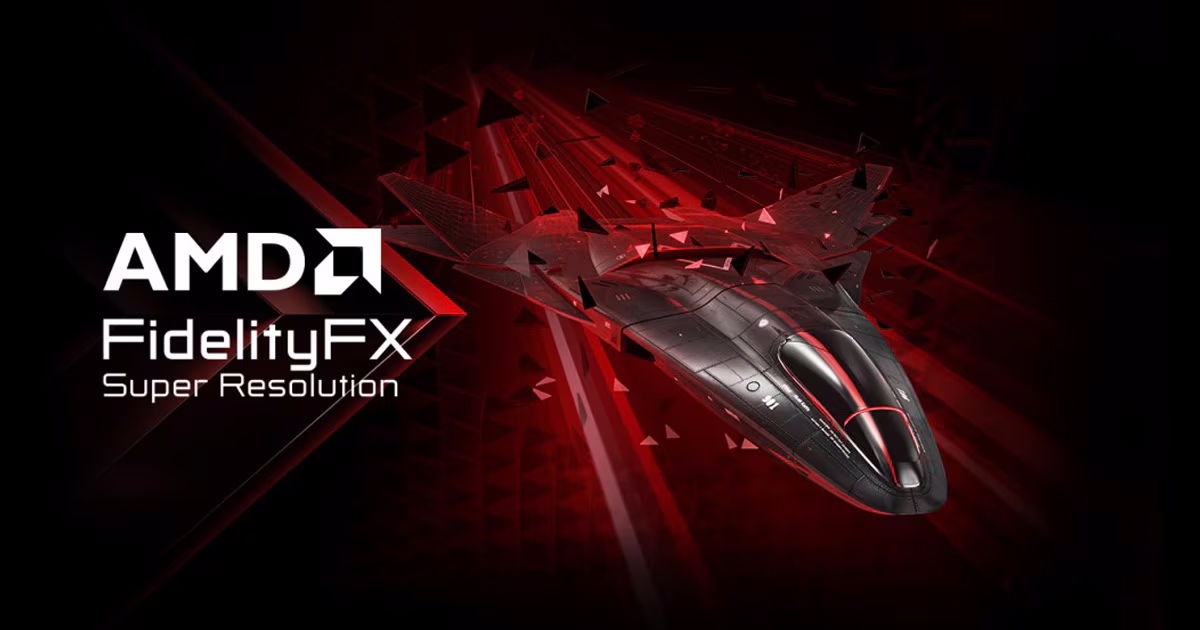
Two years ago, a bug report pointed out that the open-source Linux graphics library Mesa's RADV (Radeon Video) driver for AMD RDNA and GCN architecture GPUs had "significantly less" performance than the AMDGPU-PRO driver within the AMD FSR2 sample app. This issue has finally been fixed [h/t Phoronix].
Valve Linux driver team engineer Samuel Pitoiset fixed an issue these architectures had with culling triangles and lines when all W positions were zero. Since culling relates to the clearing of assets from the cache in order to improve performance, it makes sense that key culling optimizations can net huge gains. For this AMD FSR 2 sample application tested under Linux with AMD RDNA 2 architecture specifically, the "massive performance difference" between drivers has been fixed in the application, giving a 228% improvement.
As noted by Pitoiset in the Mesa merge notes, "AMDGPU-PRO seems to always cull these primitives. Note that disabling NGG culling with AMDPGU-PRO reports the same performance as RADV without that fix", pointing to some fundamental similarities between the two multi-generation AMD GPU architectures.
AMD GCN ("Graphics Core Next") architecture GPUs range through five Radeon product generations, from the Radeon HD 7000 (2012) series to the Radeon RX Vega (2017) series GPUs. Meanwhile, the still iterating AMD RDNA architecture debuted with the AMD RX 5000 (2019) series and is still in use with current-gen AMD RX 7000 series GPUs. RX 7000 series GPUs launched in 2022, and are to be succeeded soon by yet another iteration on RDNA architecture with much stronger ray tracing performance.
The AMD RX 8000 series GPUs are expected to debut with the AMD RDNA 4 architecture and, alongside ray-tracing improvements, include further improvements to AI performance in hardware and software. For example, the long-awaited implementation of AI-powered image reconstruction in the upcoming AMD FSR 4, will (eventually) be updated in the already-released Call of Duty: Black Ops 6, which dropped on October 25.
If AMD can successfully meet these goals at an Nvidia-competitive pricepoint with its upcoming GPUs, it may be in a good place to take yet more slots on our Best Graphics Cards for Gaming list, among others. AMD has historically competed on a value proposition of some kind, but somewhat faltered in the desktop GPU market since the debut of highly Nvidia-favored or even exclusive ray-tracing and AI-powered features. Even before RTX, the pro GPU space was notoriously biased toward Nvidia GPUs and their characteristic CUDA compute cores.







